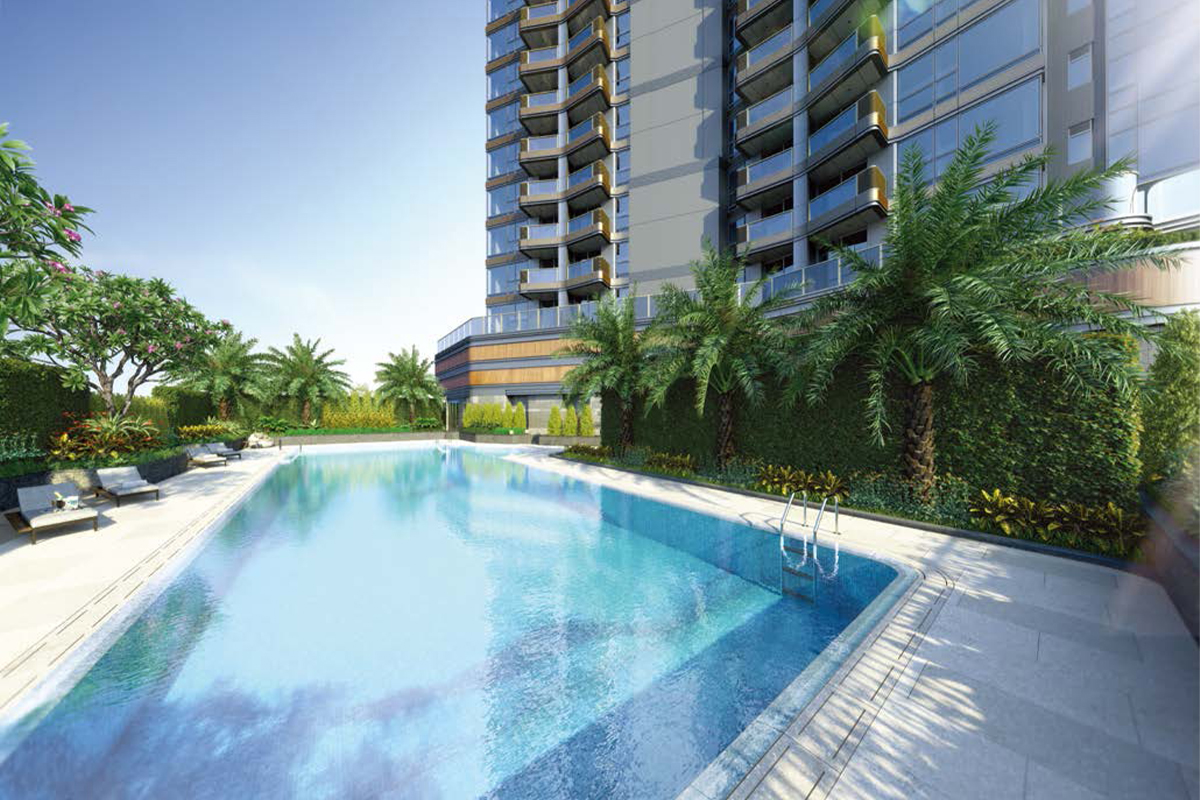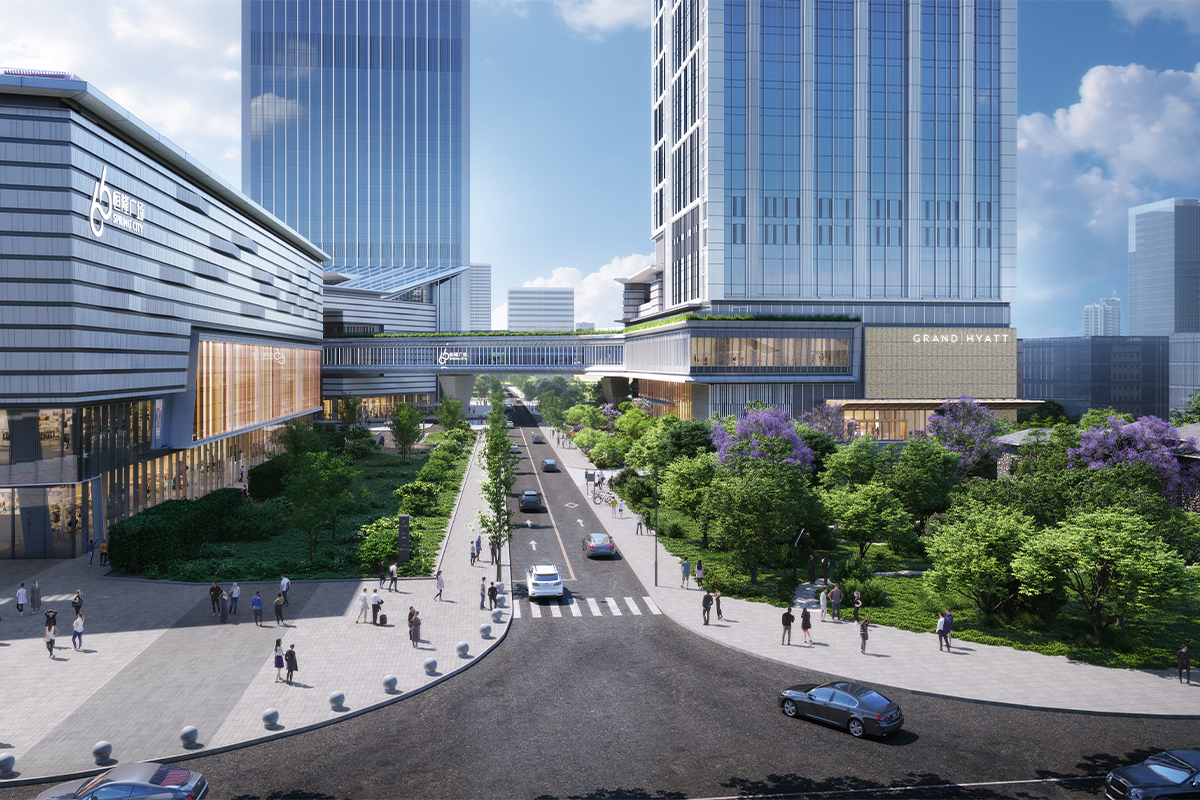Our approach to building climate resilience has two aspects.
Climate Adaptation: We need to adapt to the climate change that is already underway by identifying and managing the risks it presents to our assets and operations.
Climate Mitigation: We need to make best efforts to reduce carbon emissions in our business, in order to alleviate our possible adverse impacts to the climate.
Starting from 2018, we are also disclosing our efforts to build climate resilience in alignment with the recommendations of TCFD. As the International Financial Reporting Standards (IFRS) Foundation’s International Sustainability Standards Board (ISSB) issued its sustainability standards in June 2023, we have aligned our climate-related disclosures with the recommendations of ISSB for the first time in our Sustainability Report 2023. Please refer to our Sustainability Reports for details.
2030 Goal
Reduce carbon footprint in line with climate science.
2030 Targets
- Demonstrate best efforts to achieve 70% reduction of scopes 1 and 2 greenhouse gas emissions intensity (per m2), compared to 2018 baseline
- Build a nearly net zero carbon building
25 x 25 Sustainability Targets
- 40% cumulative reduction in GHG intensity (kg CO2e/m2) relative to 2018
- 18% cumulative reduction in electricity intensity (kWh/m2) relative to 2018
- 25% of our mainland China portfolio electricity demand met by renewable energy
- Wherever feasible exceed local regulations for the provision of parking spaces installed with EV charging facilities across our portfolio
- Demonstrate best efforts to achieve at least 10% reduction in embodied carbon intensity (kg CO2e/m2) for new development project that begin in 2022 or later, compared to typical practice in an equivalent building
- 15% reduction in GHG intensity (kg CO2e/m2) from tenants’ electricity consumption for our properties in mainland China, relative to 2018
- Complete technical analysis for climate adaptation measures for all properties



